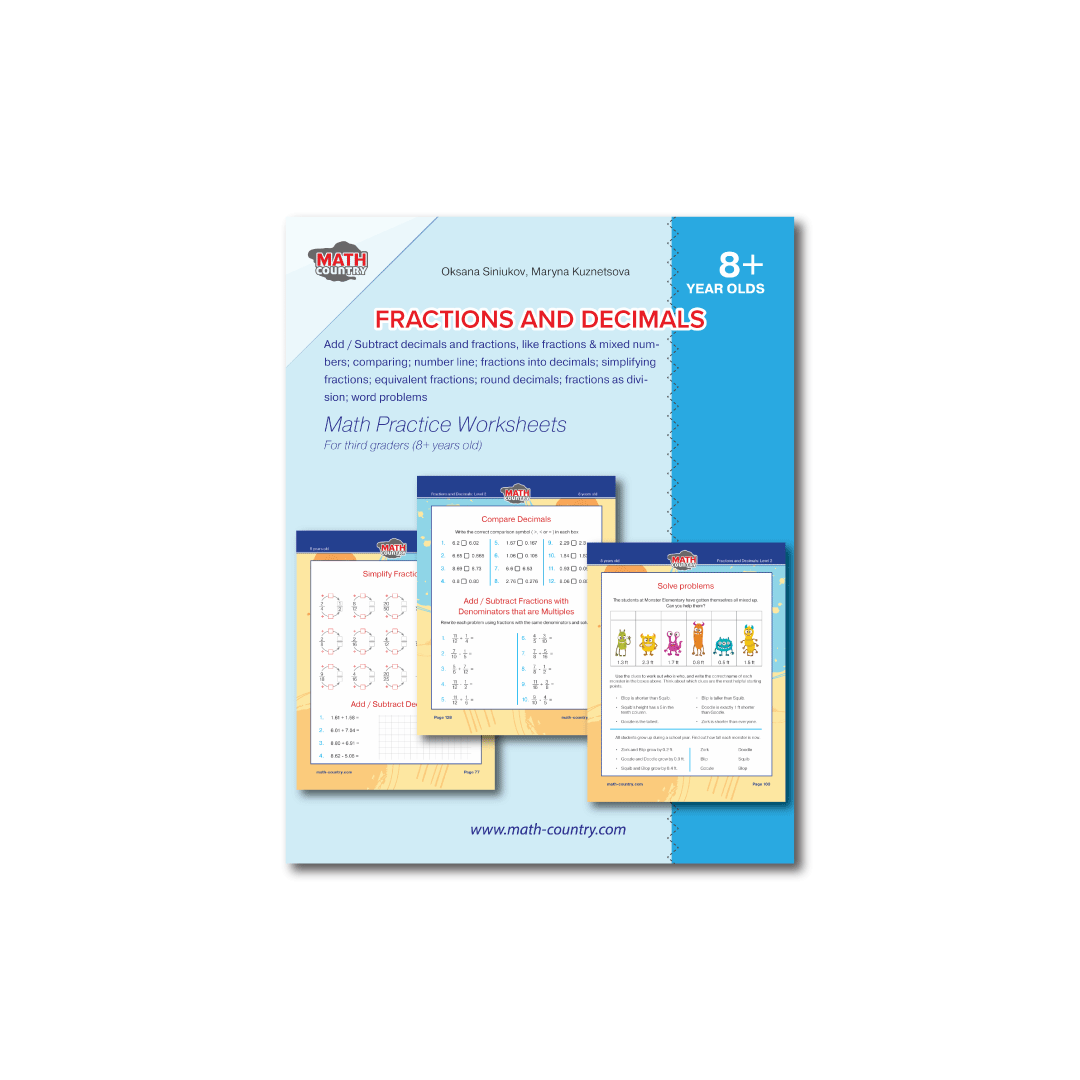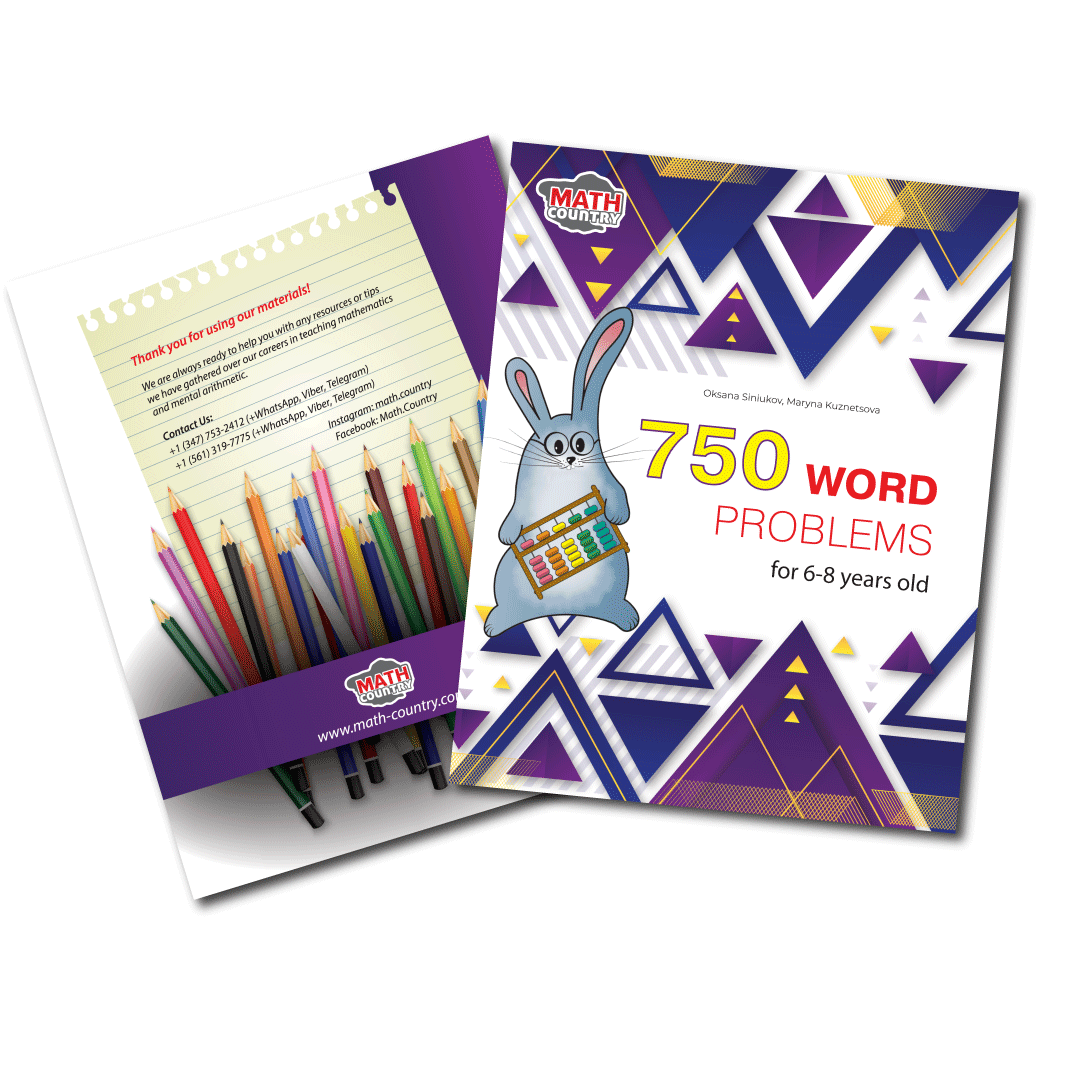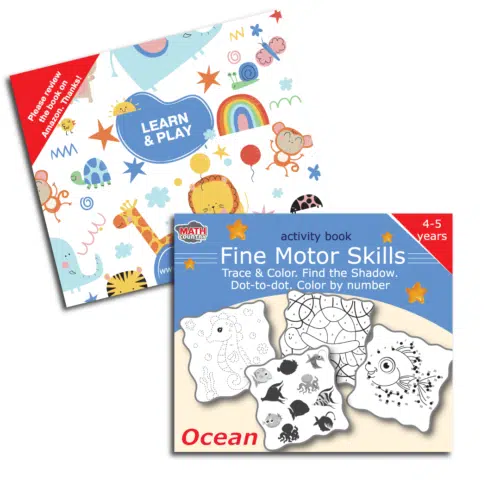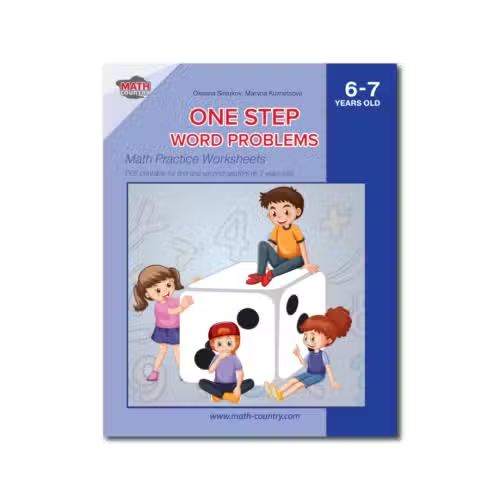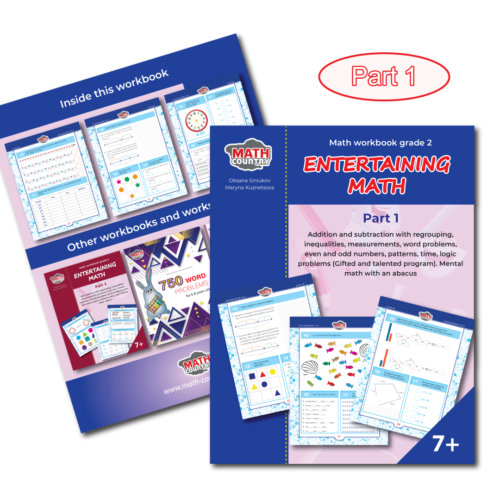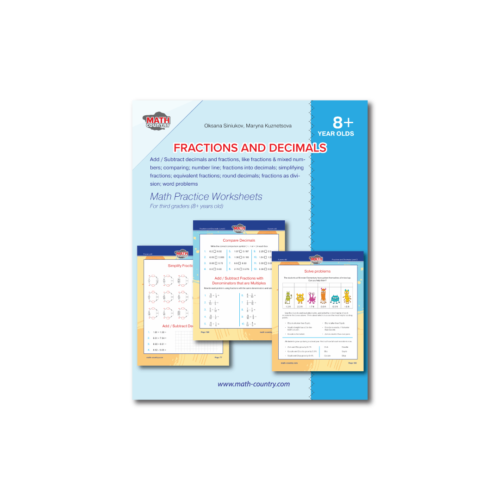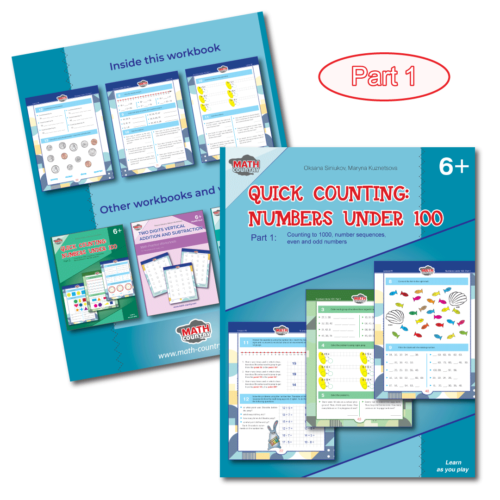Author
Math Country
Share
Author
Math Country
Share
How to Teach Counting Money
Learning to count money is one of the crucial skills. Adding and subtracting money are two of the most common money transactions. You would undoubtedly add money to find out your total store expenses, how much you owe somebody, or how much you have in total. You would subtract money to find out how much change you owe, how much somebody owes you, or how much money you have left after you go shopping. The ability to add and subtract money is very important.
Teaching to Add Money
First, we will practice counting money. Adding money is very similar to adding numbers. There is only one critical component that you need to remember. When adding money, you first need to add cents to each other, then add dollars. When you report your answer, you say both dollars and cents. Let’s practice a little.
At the grocery store, you are going to buy two things. You want a gallon of milk that will cost you $2.79. You also want a loaf of bread that costs $1.99. What will be your amount? To do this, you are required to add two numbers. The task will look like this:
You would add the numbers together as you normally would, starting from the right column to the left. Don’t forget to carry your numbers with you when you need to. The add-on looks like this:
The most critical components to remember below are the alignment of your decimals and writing down a dollar sign ($) in front of your solution. Without the dollar, your answer is sure to be flagged as wrong.
Let’s try another addition problem. This time the task will be a little more complicated. At the grocery store, you’re going to buy a can of soup for $1.39, a head of lettuce for $1.69, a gallon of orange juice for $2.99, a pack of chicken for $5.95, and a frozen pizza for $7.89. What will be your total? Here’s what the task looks like:
To begin, add the quantities together (from right to left), adding numbers when necessary, for example:
Therefore, your correct answer is $19.91. Don’t neglect the dollar indicator or the decimal point! These two most important things will help you find the right solution.
Use our Money: Coins & Bills. Math Worksheets Grades 2-3 to practice this skill and make it automatic.
It is impossible to learn to count money without mastering money subtraction.
Teaching to Subtract Money
Subtracting money is very similar to adding money. You will solve the problem in the same way. Only you will subtract, not add. When you subtract money, you first subtract cents and then dollars (you move from right to left, similar to how we added). Sometimes, you will need to borrow to complete a subtraction problem.
Here’s an example problem: You spent $18.95 on a new set of jeans at the store. How much change will you get back if you pay the cashier with a $20 bill? The problem will certainly look like this (make sure the decimal multipliers are aligned!):
And here’s what the substruction (with borrowing) would look like:
Let’s try another example of the money subtraction problem. George spent $15.62 at the supermarket and $19.48 at the electronics store. He had $50 before he made the purchases. How much did he have left when he got home (assuming he didn’t buy something else)?
This is a 2-step task. Initially, you must add the two amounts he spent together. After that, you take that amount and also subtract it from where he should have started. Let’s solve the addition problem first:
Now we will take the answer from the addition and also subtract it from the $50, for example:
Therefore, George would come home with $14.90 after his shopping.
To practice real-life situations involving money, use our Money Word Problems Worksheets
Stay in the loop

